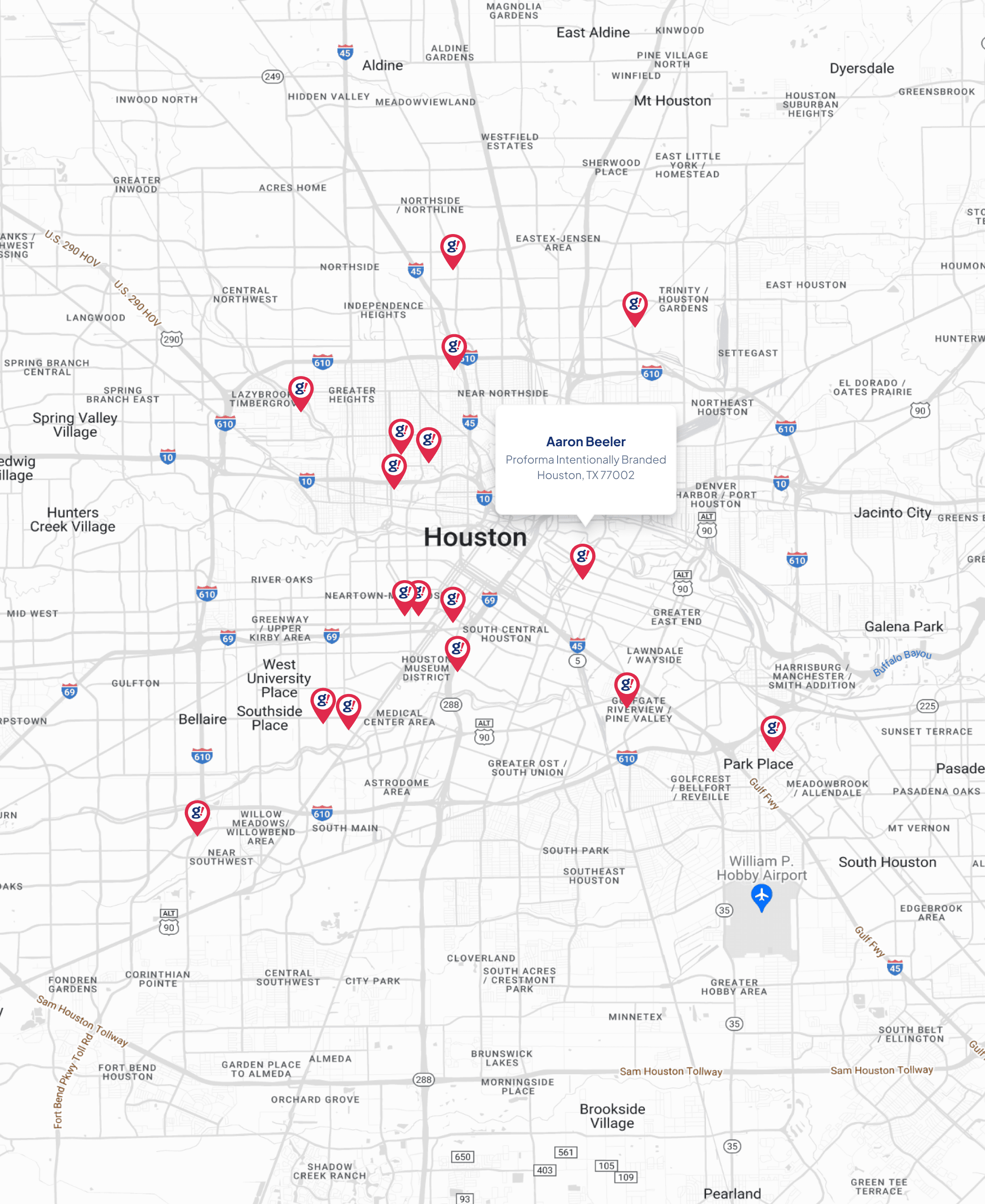What is Artificial Intelligence and How its work?
- Updated on: 2020-10-18
- Read original article here

Artificial Intelligence ( AI) is a vast branch of computer science that deals with the development of smart machines capable of executing tasks that usually require human intelligence. AI is an interdisciplinary science with different approaches, but in nearly every field of the education field, software industry, developments in machine learning and deep learning are causing a paradigm change.
Are robots able to think?
Less than a decade after breaking the Nazi encryption machine Enigma and helping the Allied Forces win World War II, mathematician Alan Turing changed history a second time with a simple question: “Can machines think?”
The fundamental purpose and vision of artificial intelligence was developed by Turing’s paper “Computing Machinery and Intelligence” (1950), and its subsequent Turing Test.
At its base, AI is the computer science division aimed at addressing the issue of Turing in the affirmative. It is the effort of computers to imitate or approximate human intelligence.
Many questions and controversies have been brought on by the expansive objective of artificial intelligence. So much so that there is no widely agreed singular description of the field.
Authors Stuart Russell and Peter Norvig discuss the topic in their pioneering textbook Artificial Intelligence: A New Approach by unifying their work aroud the theme of autonomous agents in computers. With this in mind, AI is “the study of agents that receive environmental impressions and conduct behaviour” (Russel and Norvig viii).
Norvig and Russell go on to discuss four separate methods that have characterised the field of AI historically:
The first two theories, while the others deal with actions, involve thought processes and logic. In particular, Norvig and Russell concentrate on rational agents working to obtain the best result, noting “all the skills necessary for the Turing Test often help an agent to act rationally.” (Russel and Norvig 4).
AI is defined by Patrick Winston, MIT’s Ford professor of artificial intelligence and computer science, as “algorithms activated by constraints, revealed by representations that help models aimed at loops that bind together thought, perception and behaviour.”
While these concepts can sound vague to the ordinary human, they help concentrate the field as an area of computer science and offer a roadmap for machine learning and other subsets of artificial intelligence to infuse computers and programmes.
DataRobot CEO Jeremy Achin initiated his speech while addressing a crowd at the Japan AI Experience in 2017 by providing the following description of how AI is used today:
“AI is a computer device capable of executing activities that usually require human intelligence … Some of these systems of artificial intelligence are powered by machine learning, some are powered by deep learning, and some are powered by very boring things such as laws.”
Generally, artificial intelligence comes into two broad categories:
Narrow AI: This form of artificial intelligence, often referred to as “Poor AI,” works within a narrow framework and is a human intelligence simulation. Narrow AI also focuses incredibly well on completing a single mission, and while these devices can seem clever, they work under much more limitations and constraints than even the most simple human intellect.
Artificial General Intelligence (AGI): AGI, also referred to as “Solid AI,” is the sort of artificial intelligence that we see in films, such as Westworld robots or Star Trek: The Next Generation Data. AGI is a general intelligence system and it can use its intelligence to solve any problem, just like a human being.
· Song or TV show recommendations from Hotstar, Spotify and Netflix
Narrow AI is among us and is easily the most promising artificial intelligence realisation to date. In the last decade, Narrow AI has undergone several breakthroughs with its emphasis on executing articular functions, which have had “important social gains and led to the nation’s economic vitality,” according to “Preparing for the Future of Artificial Intelligence,” a 2016 study issued by the Obama Administration.
Machine learning is an artificial intelligence (AI) technology that allows programmes the ability to learn and develop from experience automatically without being programmed directly. Machine learning focuses on the development of computer programmes that can view and use data and learn on their own.
In order to search for similarities in data and make informed choices in the future based on the examples we have, the learning process starts with insights or data, such as examples, direct experience, or guidance. The primary objective is to allow computers to learn automatically and change behaviour accordingly without human involvement or assistance
Deep learning is a technique of machine learning that teaches computers to do what comes to humans naturally: to learn from experience. A main technology behind driverless cars is deep learning, which enables them to identify a stop sign or to differentiate a pedestrian from a lamp post. In consumer devices including computers, laptops, TVs, and hands-free speakers, it is the secret to voice control. Lately, and with good cause, deep learning is receiving a lot of coverage. It’s producing outcomes that were historically not feasible.
In deep learning, a computer model learns directly from pictures, text , or sound to perform classification tasks. Deep learning models, often beyond human-level efficiency, may achieve state-of-the-art precision. By using a wide collection of labelled data and neural network architectures that include several layers, models are equipped.



